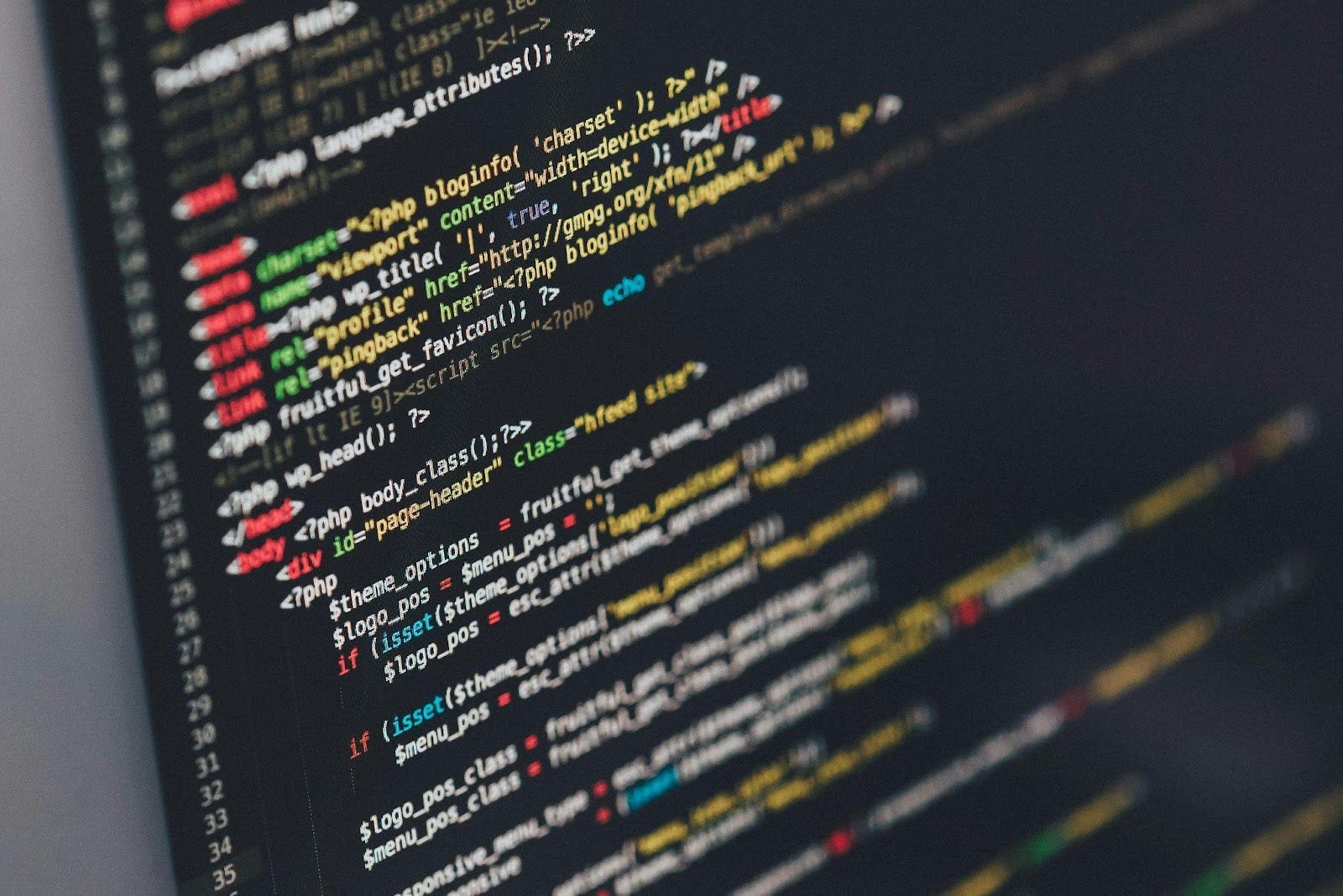- Published on
How AI Is Shaping Static Code Analysis Methods
- Authors
- Name
Image Source: Unsplash
The integration of AI into static code analysis is redefining how developers ensure software quality and security. As coding environments become increasingly complex, AI's ability to streamline processes and enhance precision has never been more crucial.
Imagine having a tool that not only spots bugs but predicts vulnerabilities, offers intelligent code reviews, identifies complex patterns, and continuously learns from your work.
These advancements mean fewer headaches and stronger, more reliable software products. Dive in to learn how AI is transforming five key aspects of static code analysis and making development smarter than ever.
5 Ways AI Is Shaping Static Code Analysis Methods
1. Smarter Bug Detection
Smarter bug detection is one of the most compelling ways AI is transforming static code analysis. Traditional methods often fall short in identifying intricate and subtle bugs, which can lead to significant issues down the line.
AI, on the other hand, excels at recognizing complex patterns and anomalies within your code that humans might overlook. It learns from vast datasets of previous bugs and coding errors, continually improving its accuracy.
When you integrate AI into your bug detection process, you can catch problems earlier and more reliably. This not only saves time and resources but also enhances the overall quality and stability of your software projects.
2. Predictive Analytics
Predictive analytics is a game-changer in the world of static code analysis. By leveraging AI, you can foresee potential issues and vulnerabilities before they become actual problems.
Think of it as having a crystal ball for your codebase. Based on historical data and patterns, predictive analytics can indicate which parts of your code are likely to have security weaknesses. This proactive approach is especially useful in Static Application Security Testing (SAST).
It helps developers focus their attention on high-risk areas, ensuring that preventive measures are taken early in the development cycle. Ultimately, this means more secure and resilient software from the outset.
3. Automated Code Review
Automated code review has been revolutionized by advancements in AI, turning what was once a labor-intensive task into an efficient and intelligent process.
Traditional automated reviews often stick to basic syntax checks, but AI goes much further. It can assess coding standards adherence, identify potential security flaws, and suggest optimizations all at once.
This doesn't just streamline the development workflow; it elevates code quality, too. Think of AI-driven automated reviews as having a meticulous co-pilot who never tires or misses details.
By catching errors early and offering smart suggestions, you can focus more on creative problem-solving while maintaining high standards throughout your codebase.
4. Enhanced Pattern Recognition
Enhanced pattern recognition through AI is reshaping how you approach static code analysis. Traditional methods might struggle to identify complex coding patterns or recurring mistakes, but AI excels in this area. By recognizing these intricate patterns, AI can highlight potential issues before they escalate into major problems.
For instance, it can detect unsafe coding practices, potential performance bottlenecks, or even subtle security vulnerabilities that are easy to overlook.
This advanced capability means your codebase is scrutinized with a level of detail that's hard for humans to match. Incorporating enhanced pattern recognition ensures your software is more robust, secure, and optimized from the get-go.
5. Continuous Learning
Continuous learning is one of the most powerful features AI brings to static code analysis. Traditional tools often rely on static rulesets that can quickly become outdated. In contrast, AI-powered systems learn and evolve with each interaction.
They adapt to your specific coding environment, becoming more accurate and insightful over time. This dynamic learning process allows these tools to stay current with new coding standards, emerging security threats, and best practices.
As a result, your code reviews get smarter and more effective as the system gathers more data and insights. Embracing continuous learning in your static code analysis ensures you're always ahead of potential issues, making your software robust and resilient.
This is How AI is Shaping Static Code Analysis Methods
The potential of AI to revolutionize static code analysis is immense, and it's only getting started. When you embrace these advanced methods, you can elevate your development process, catching issues early and ensuring higher-quality software.
Why settle for tradition when the future offers so much more?
Explore AI-driven tools and strategies to stay ahead in the ever-evolving tech landscape. Don't let bugs and vulnerabilities slow you down --- harness AI to build more secure, efficient, and robust applications today. Start integrating these smart solutions into your workflow and experience the benefits firsthand.

